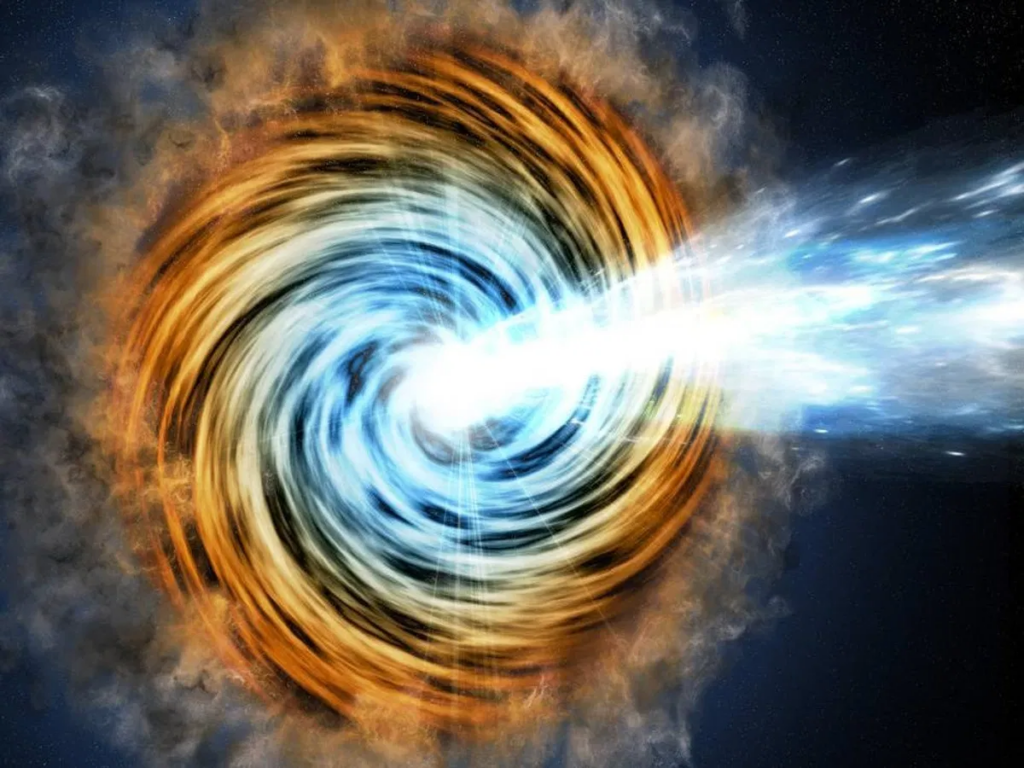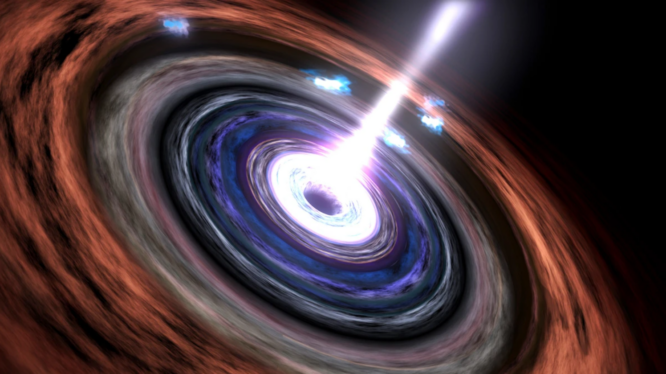The Indian Astronomical Observatory in Hanle, Ladakh, and 10 other telescopes are studying the brightening of BL Lacertae (BL Lac), a blazar 950 million light years from Earth. Blazars, high-energy gamma ray photon emitters, emit over the electromagnetic spectrum.
BL Lacertae, a galaxy powered by a massive black hole, is one of the brightest and most powerful in the universe. Blazars like BL Lacertae release gamma rays, X-rays, and radio waves, attracting scientists.
A team led by Raman Research Institute post-doctoral scholar Aditi Agarwal analyzed the brightening process of BL Lacertae, a celestial body discovered over a century ago that is reaching its peak brilliance. These tiny formations have intermittent bursts of brilliance lasting from hours to months.
Radio, microwave, infrared, optical, ultraviolet, X-ray, and gamma-ray observatories worldwide detected BL Lacertae’s electromagnetic radiation.

This work was published in The Astrophysical Journal, demonstrating its importance in comprehending these mysterious celestial phenomena.
Astronomers thought BL Lacertae was flaring in July 2020. For 84 days, 11 telescopes, including the Himalayan Chandra Telescope in Hanle, Ladakh, observed this blazar.
The measurements showed that BL Lacertae has brightened from magnitude 14 to 11.8. The multinational team also calculated the flare’s magnetic field, which varied from 7.5 Gauss to 76.3 Gauss.
The Ministry of Science and Technology was pleased with the revolutionary calculations made possible by terabytes of telescope data.
Aditi Agarwal said that the study’s findings will form the basis for future multispectral examinations of BL Lacertae.
The Indian Astronomical Observatory and worldwide telescopes illuminated BL Lacertae’s interesting brightening process, revealing distant blazar behavior and features. The Astrophysical Journal study allows for multispectral analyses of these intriguing celestial objects.

